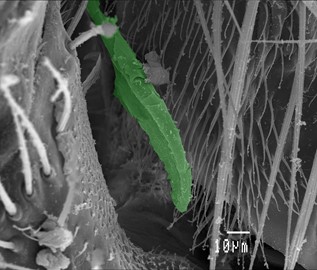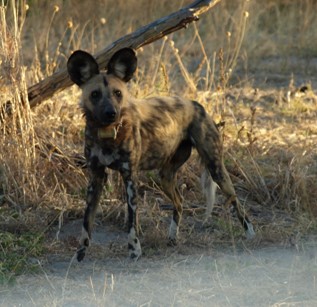acoustics & olfaction
Non-visual animal signals
My interest in the evolutionary ecology of animal signals is not restricted to visual signals, like those displayed by aposematic and mimetic species. Animals signals in acoustic and olfactory domains are similarly complex and fascinating, being shaped through evolution as a result of the fitness consequences of their effects on receivers (both intended and unintended).
With various students, I have explored the extent and adaptive significance of individual variation in acoustic signals in a number of species. In cows, we looked at mother-offspring communication, and the extent to which individuals can identify each other from their “moos”. In flies of the genus Lipara, I have tested the impact of interspecific interactions on the sexual vibrations which allows species to recognise each other.



More recently, with my PhD student Jess Vitale, I examined the role that olfactory cues associated with scat and scent marks play in mediating interactions between large carnivores in the Okavango delta.
